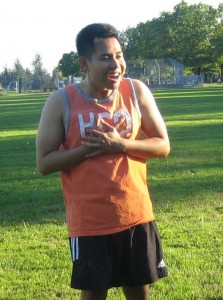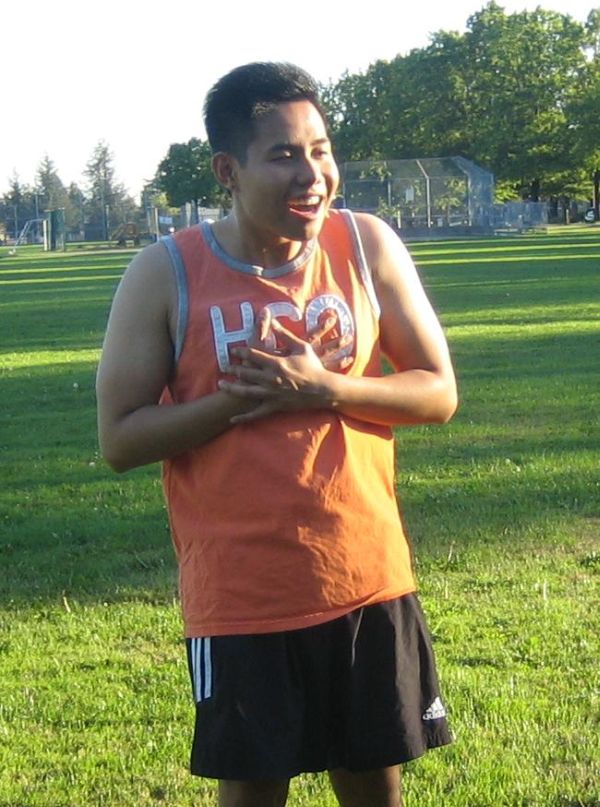 Heat exhaustion is the second of a three-part spectrum of heat-related illnesses. It begins with heat cramps, which then progresses to heat exhaustion and finally, heat stroke, the deadliest among the three. In order for the body to cool down, the body has to sweat, and allow that sweat to evaporate. To create the fluid in the body that makes sweat, there has to be air circulating across the skin and low air humidity to allow that sweat to evaporate. If the cooling demands of the body are not met, heat-related illnesses may occur.
Heat exhaustion is the second of a three-part spectrum of heat-related illnesses. It begins with heat cramps, which then progresses to heat exhaustion and finally, heat stroke, the deadliest among the three. In order for the body to cool down, the body has to sweat, and allow that sweat to evaporate. To create the fluid in the body that makes sweat, there has to be air circulating across the skin and low air humidity to allow that sweat to evaporate. If the cooling demands of the body are not met, heat-related illnesses may occur.
Whereas involuntary spasms of the large muscles characterize heat cramps, heat exhaustion has more systemic complaints. Some of the symptoms include intense sweating, rapid pulse, weakness, nausea and vomiting, headaches and muscle spasms. More so, heat exhaustion is said to be when the body temperature rises to anything between 37°C (98.6°F) up to 40°C (104°F). Heat stroke occurs when there is a continual increase in the body’s temperature, usually exceeding 41°C (106°F), characterized by no sweating, confusion, seizure and coma.
When a person works or does other physical activities in a hot environment and sweating cannot dispel the heat generated within the body, heat exhaustion occurs. Dehydration often occurs due to the water lost by sweating but has not yet been replaced. Moreover, persons who live in hot environments without ample air circulation and do not drink sufficient amount of water can suffer from heat exhaustion.
There are certain age groups and diseases that make people more prone to heat exhaustion. Children below two years old and elderly people are at higher risks for developing heat-related illnesses and complications from dehydration, and so are people with kidney, heart or circulation problems and diabetesdue to their weakened temperature regulation mechanisms.
If one has symptoms of heat exhaustion, it is necessary to remove the person from the heat immediately and rest. If there is an air-conditioned room, bring the casualty there. If there is none, find the nearest cool and shady place. Make the person lie down and slightly raise the legs and feet. Fan the casualty and apply ice on the neck, back, and groin areas. Do not apply ice directly. Moreover, advise him/ her drink plenty of fluids, while avoiding
caffeine and alcohol as these are diuretics. Remove any tight clothing and other unnecessary jewelries. If possible, advise the casualty to take a cool shower/ bath or sponge bath. If after 30 minutes there are no signs of improvement, call for emergency medical assistance to avoid the illness from progressing into heat stroke.
After recovery from heat exhaustion, the casualty may be more sensitive to high temperatures in the following days. Thus, it may be best to avoid hot weather and physical activity until the doctor gives permission to resume to normal activities.
It is important to give first aid treatment to victims of heat exhaustion for it to not progress into life-threatening heat stroke. Joining first aid classes will give the lay community knowledge and training for cases emergency situations may arise.

